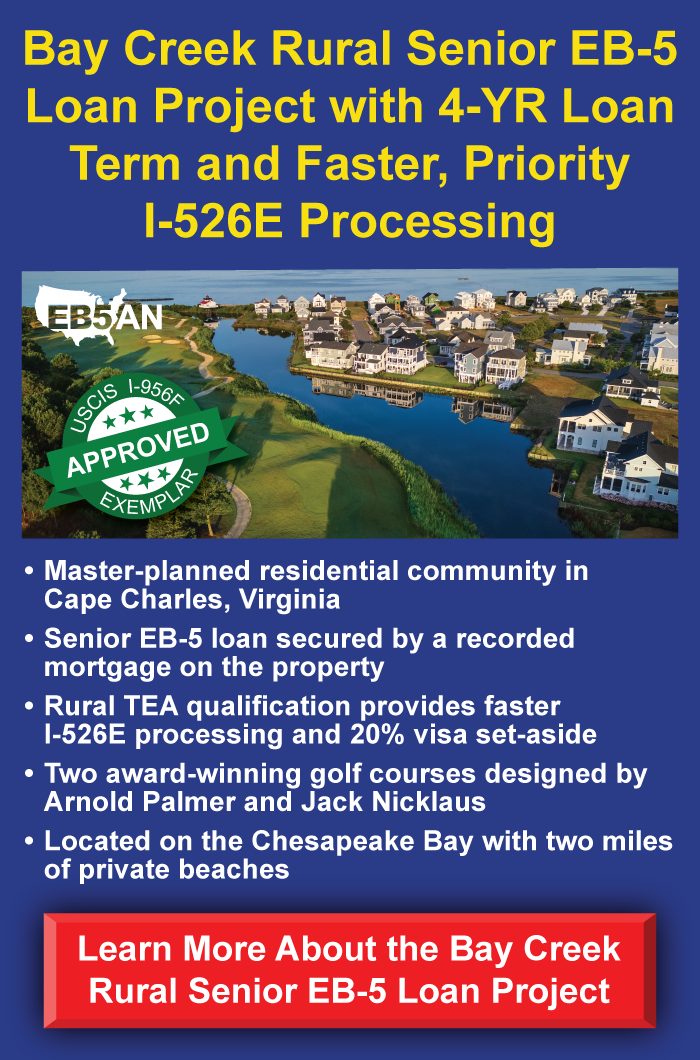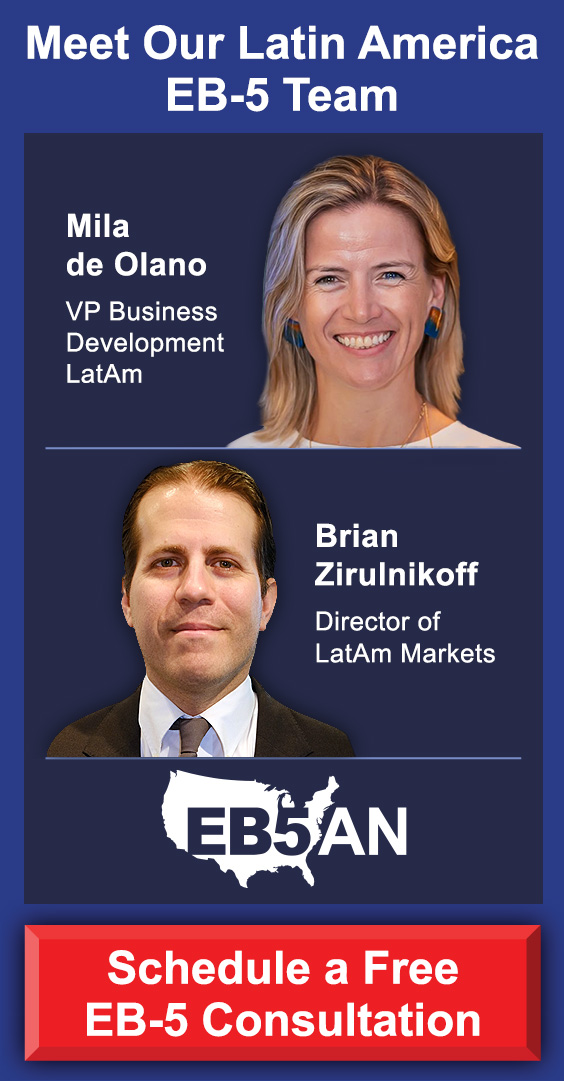The EB-5 Immigrant Investor Program offers foreign nationals a pathway to U.S. permanent residency by investing in a qualified U.S. new commercial enterprise that creates jobs for American workers. However, for those unfamiliar with the intricacies of American business practices, one common question often arises: How much involvement is required from EB-5 investors in the management and day-to-day operations of their investment projects?
The good news is that EB-5 investors are generally not required to be hands-on or involved in daily management. While there are certain key obligations they must fulfill to remain compliant with the EB-5 requirements, such as ensuring that their investment is at risk and contributing to job creation, the program is designed to allow investors to maintain a passive role.
In fact, the structure of the program enables investors to focus on their own business ventures or personal matters, without being burdened by the complex logistics of the projects they invest in. This is especially advantageous for investors who may not have expertise in U.S. businesses or real estate development.
The Role of the Investor in EB-5
Why the Passive Role Works for Most Investors
- Reduced Complexity
- No Need for Extensive U.S. Business Knowledge
- Minimized Involvement With U.S. Location
- Focus on Their Own Business Interests
How Regional Centers Facilitate Passive Investment
EB5AN Can Help You With Your EB-5 Investment
The Role of the Investor in EB-5
When an investor participates in the EB-5 program, they are required to invest a minimum of $1,050,000 in a project, or $800,000 if the project is in a targeted employment area (TEA). This investment must go into a qualifying project that will create at least 10 full-time jobs for U.S. workers. However, the EB-5 program does not expect regional center investors to become active operators or managers of the business or real estate projects they invest in, while this is not the case for direct EB-5 investors.
The regional center investor’s role is typically passive. This means that they do not have to participate in the day-to-day operations of the project, make business decisions, or take on the responsibilities typically associated with company leadership. The investor’s primary focus is ensuring that the investment is used correctly for job creation, as this is the main criterion for obtaining a Green Card under the EB-5 program.
Why the Passive Role Works for Most Investors
Reduced Complexity
Many EB-5 investors are entrepreneurs or professionals who already have successful businesses or careers in their home countries or in the U.S. For these individuals, getting involved in the day-to-day management of an unfamiliar U.S. investment could be overwhelming. Fortunately, the EB-5 program allows them to delegate the operational aspects of the project to experts.
No Need for Extensive U.S. Business Knowledge
Not all EB-5 investors are seasoned business professionals with experience in U.S. market dynamics. For many, the investment is primarily a means to secure a path to U.S. residency for themselves and their families. The good news is that investors do not need to become experts in U.S. business practices or market trends. By choosing an established regional center that has a proven track record of successful projects, they can minimize their exposure to operational risks.
Minimized Involvement With U.S. Location
Another important advantage of a passive investment is that it provides flexibility in where the investor chooses to live in the U.S. When an investor places their funds in a regional center project, they are not required to live near the project site. This allows EB-5 investors the freedom to live anywhere in the U.S. without being bound to the location of their investment.
For example, an investor may choose to invest in a real estate development project in Florida but decide to live in New York or California. Since the investor is not involved in daily oversight, their personal choice of residence does not affect the viability of their investment or their eligibility for a Green Card. This geographic flexibility is especially appealing to investors who value personal freedom and mobility.
Focus on Their Own Business Interests
For many investors, the ability to focus on their own business activities is one of the key advantages of the EB-5 program. Investors who are already running successful enterprises in their home countries can continue to manage and grow those businesses without the distraction of having to oversee the operations of an EB-5 project in the U.S.
How Regional Centers Facilitate Passive Investment
One of the core components of the EB-5 program is the role of regional centers, which are entities authorized by USCIS to pool investments from multiple EB-5 investors to fund larger projects. These entities typically specialize in real estate, infrastructure, and other job-creating developments. Regional centers assume responsibility for the project’s management, oversight, and compliance with EB-5 regulations.
By working with experienced EB-5 regional centers, investors can rest assured that the project will be properly managed, all while remaining fully compliant with EB-5 rules. The investor’s passive role is made possible by the regional center, which handles most of the technical and legal aspects of the project. This includes ensuring that the project creates the required number of jobs, maintaining proper accounting and documentation, and reporting progress to both the investor and USCIS.
Reputable regional centers also provide valuable support in terms of risk management. They carefully vet potential investment opportunities and sponsor projects with a high likelihood of success. As a result, EB-5 investors can feel confident that their money is being used wisely, and they can largely avoid the stress of directly managing their investments themselves.
EB5AN Can Help You With Your EB-5 Investment
Involvement in the EB-5 program does not require investors to be active participants in the management of their investment projects. Instead, the program is structured to allow foreign investors to take a largely passive role while still benefiting from the opportunity to obtain U.S. permanent residency and eventual repayment of their investment capital.
By partnering with experienced regional centers, investors can ensure that their funds are used for job creation and compliance with EB-5 regulations, all without the burden of day-to-day involvement. This passive role not only reduces the complexity of the investment process but also offers investors the flexibility to focus on their own businesses and personal affairs, whether in the U.S. or abroad.
EB5AN has helped more than 2,700 families from 70+ countries become lawful permanent residents of the United States. Our team has more than a decade of experience and offers clients first-rate, low-risk EB-5 regional center projects with a 100% USCIS project approval rate.
If you would like to know more about your EB-5 investment options, book a free call with our expert team today.










